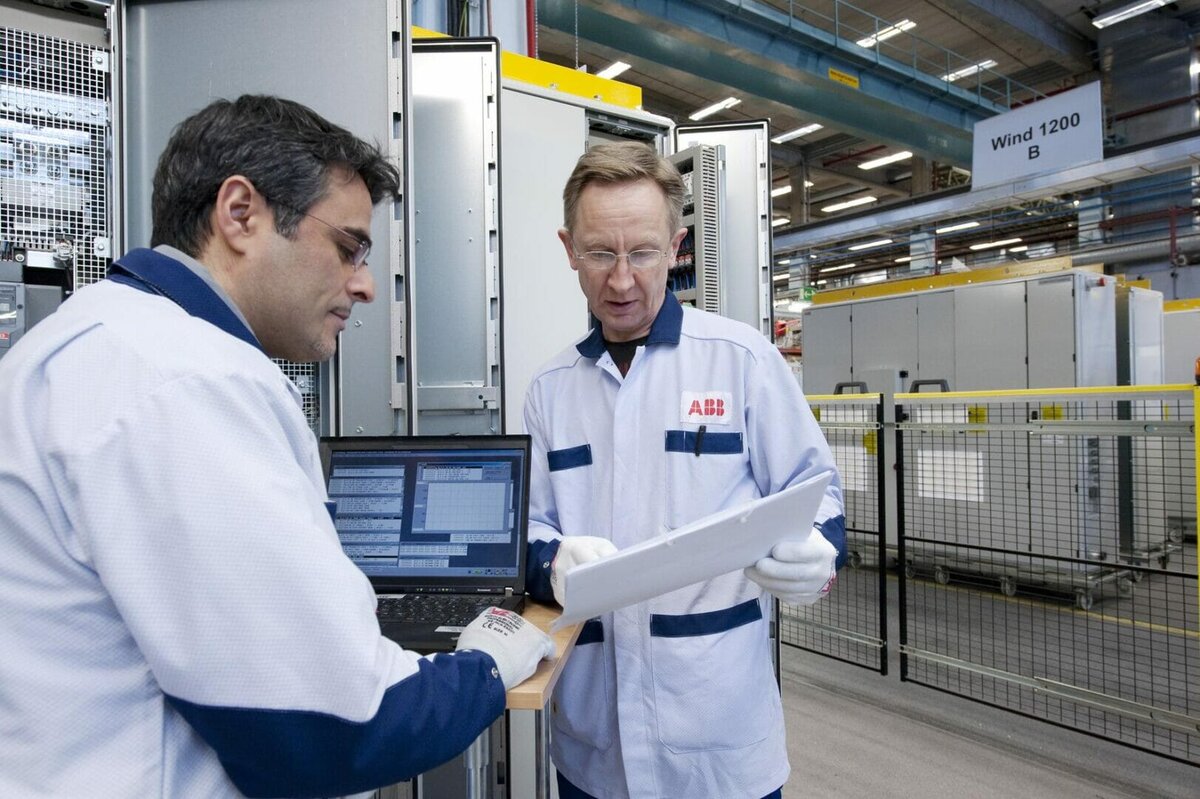When former British Prime Minister, Teresa May, proclaimed that she wasn’t opposed to scraping off mold from the top of a jar of jam and eating the product underneath, it sparked a conversation about what mouldy foods were safe to eat. Here, group vice president food & beverage at ABB, Darcy Simonis, looks at the advancing methods food producers are using to monitor the safety of their products.
On the whole, eating mouldy food is not an advisable practice – mould is the scourge of the food industry with producers striving to deliver the freshest produce possible to their customers. However, the world of technology is rapidly advancing, with applications making their way into all areas of food production, which is helping manufacturers to combat unnecessary food spoilage and waste.
In an industry where the demands of the customer are ever evolving, it is hard for food manufacturers to keep up with the latest trends. This is where data analytics can come into play, giving a level of insight that is invaluable. The use of data analytics in marketing and customer insight is well known, but its uses can go far wider, helping food producers to keep their products at the pinnacle of quality and freshness.
Over the course of time, the quality and the characteristics of a product can change. Yet, by using integrated data analytics, manufacturers can learn more about the factors that affect the shelf life of their products. This information can then be used to adapt the product or process to increase shelf life, potentially saving the manufacturer money and time, as well as reducing food waste.
Data analytics also has its uses when maintaining and improving the quality of a consumable product. For instance, during the beer brewing process, monitoring alcohol levels is critical and is something that is regularly analyzed. However, it is a time-consuming process and can be disruptive to the production line. As a result, there are new methods coming into play that allow testing to be carried out without disrupting production and data analytics is being used to measure whether these methods are as insightful and effective as the traditional wet chemistry method.
Monitoring and analysis in the food and beverage industry is vital — customers demand that their favorite product tastes the same no matter where they are in the world or where it was manufactured or packaged. The process requires strict control and repeatable standard solutions that can be rolled out across multiple production sites.
Manufacturing Execution System (MES) services from ABB comprise of a wide portfolio of visibility and transparency of the complete end-to-end process, from incoming raw materials to the finished shipped product. The MES incorporates functions such as equipment maintenance management, genealogy tracking from raw material as well as material tracing and tracking management. All these features are designed to support food and beverage manufacturers maximize the performance of their plant.
So, even if your customers tastes are as strange as Teresa May’s, by incorporating rigorous monitoring and data analysis across your manufacturing facility, you can be sure that your product is at its very best when it reaches the customer.






